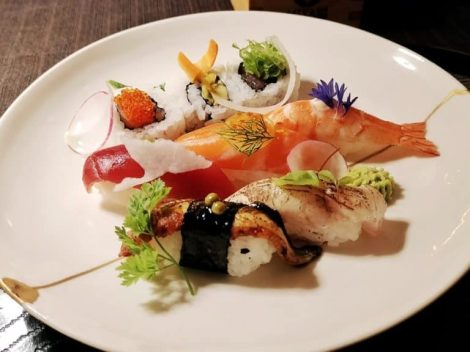Street food in China
Canton (or Guangdong), Anhui, Fujian, Hunan, Jiangsu, Shandong, Sichuan and Zhejiang are the big 8 Chinese regional cuisines. Very different from each other: lamb and noodles are typical of the North, meat spiced with herbs and cooked on a spit comes from the western areas, in Hunan - the southern province where Mao was born - the so-called Xiang cuisine is dry and spicy, but here they also prepare braised meat with dark soy sauce and badiana and cinnamon, while in the North-East is the cuisine of the imperial court. Sichuan is home to spiced dishes, while black beans and hoisin sauce dominate the tables on the east coast. In short, in China there are many flavours and styles, which together give life to one of the noblest cuisines in the world. Which also includes various mouth-watering street foods: here we have gathered only four, but the choice is much wider.
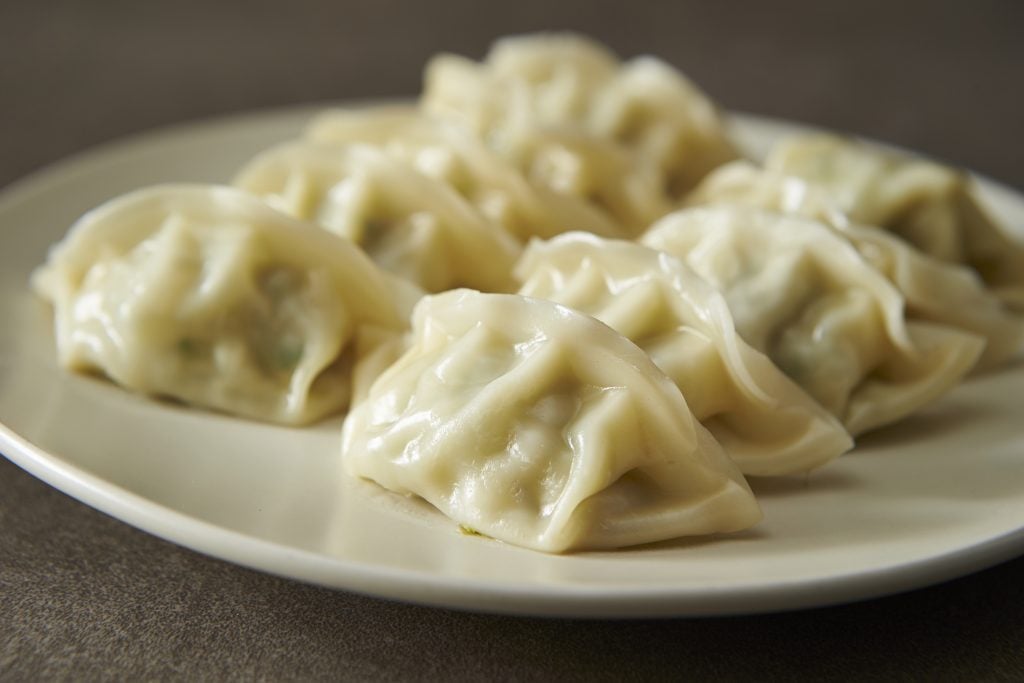
Jiaozi, steamed dumplings
Jiaozi are among the most popular foods ever, delicate dumplings filled with steamed meat, shrimp or vegetables and ubiquitous during Chinese holidays. Legend has it that they were born thanks to Zhang Zhongjing, a doctor and writer of the Eastern Han dynasty, who was concerned about the conditions of the villagers who were freezing to the point of losing their ears to frostbite. He decided to treat them with mutton, chilli pepper and medicinal herbs, to warm them up and restore their strength: he combined all the ingredients together and enclosed them in a sheet of dough, which he gave the shape of an ear. The anecdote soon spread around and jiaozi began to be popular elsewhere due to the dish's virtues and savoury taste. For some time, they have been one of the most popular street foods of the Chinese tradition, as well as being among the best known typical foods abroad as well. As Barbara Gallani writes in the book "Dumplings, A Global History," dumplings "have always existed as hearty and simple peasant food, capable of stretching small portions of meat so as to feed families and communities, or as refined delicacy to serve for special occasions." In fact, they are a must during the Chinese New Year celebrations: in this case they are prepared in a slightly more oval and elongated shape, so as to resemble a gold ingot as a sign of prosperity and good fortune, and are arranged in rows, never in a circular way. The shape of the circle implies a condition without beginning or end, in which the same situations repeat themselves endlessly: certainly not something one wishes for the new year.
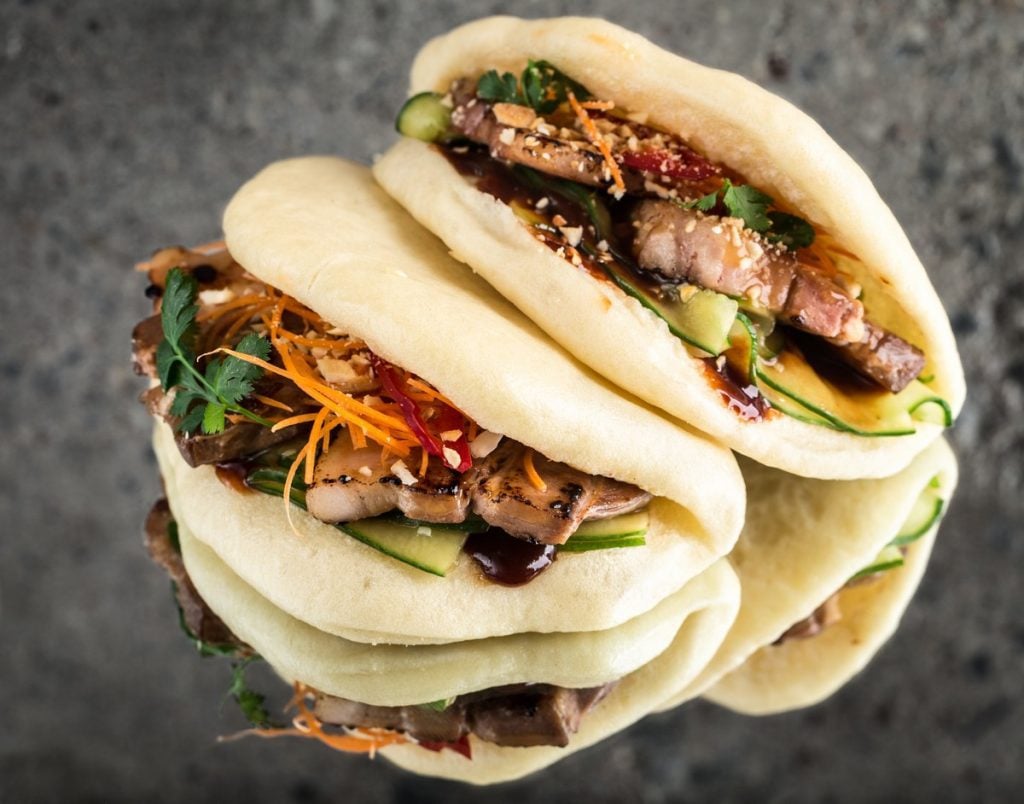
Bao, the Steam Bun and the Story of Zhuge Liang
An imaginative but very fascinating legend stands behind the Chinese steamed bun. We are in the period of the Three Kingdoms and strategist Zhuge Liang is returning home with his troops after defeating a king, when he runs into a river that is impossible to cross: a local barbarian explains to him that in the past people sacrificed men by offering gods their heads so they can get to the other side. Zhuge Liang isn't willing to do that, so he kneads his steamed buns into the shape of human heads, stuffing them with meat to hold the shape, and tosses them into a stream. The deities find the offer very tempting, so they open the waters and let the soldiers pass. Steamed bao probably originated in northern China but quickly spread to other eastern countries as well, where they are known by different names and prepared with the necessary local variations. On New Year's Eve, according to tradition, a sandwich must be prepared for each member of the family, including a special one for the head of the family which contains a small fruit inside.
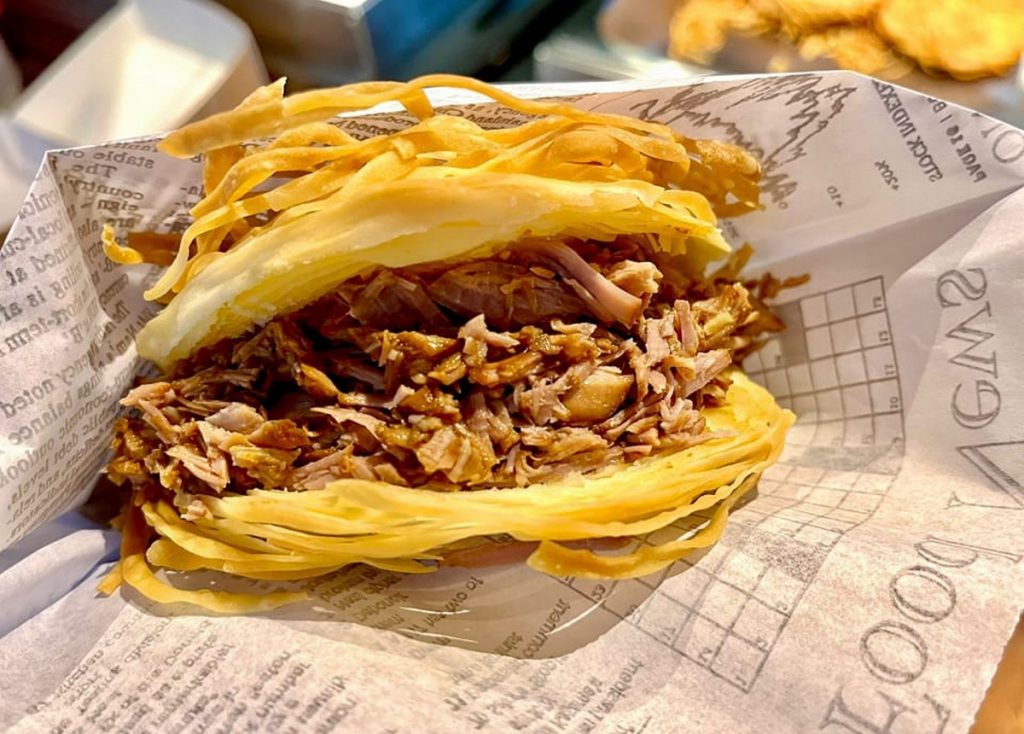
Phots by JiAmo Lab, Rome
Jiamo, the crunchy bun
A delicious crunchy sandwich, sometimes also called roujiamo, with the prefix rou meaning "meat" and the remaining particles jia and mo, respectively "to be stuffed" and "sandwich." A typical specialty of central-northern China, where there is a large production of wheat, which is at the base of the preparation. The recipe calls for flour, yeast, eggs and water, which give life to a thin sheet that's rolled up on itself and then cooked in the oven filled with meat or other ingredients. To taste really good ones, in Rome there is JiAmo Lab, specialised in this very product.
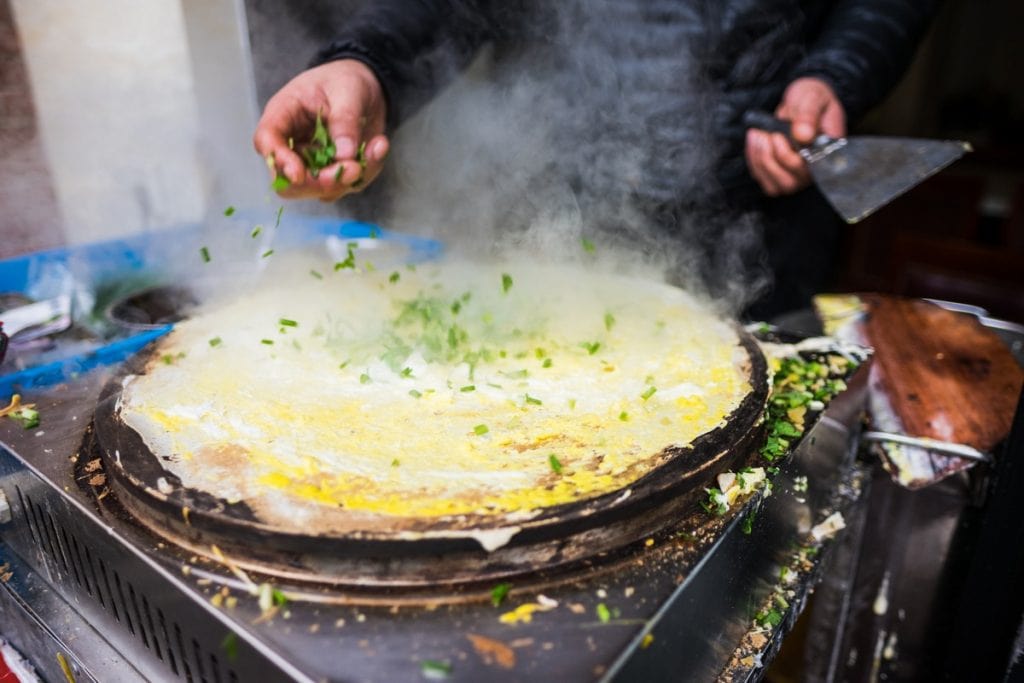
Jianbing, Chinese crêpes
There are many versions of crêpes in the world, and China too has its own version: jianbing, among the most famous street foods in the whole country, very popular especially for breakfast. They are thought to have originated in Shandong province during the Three Kingdoms period (220 AD – 280 AD), again thanks to strategist Zhuge Liang, who had his soldiers cook batter over fired shields after their woks were lost. Jianbing kiosks can be found in every corner and, as always, everyone has their own recipe: however, it is a dough similar to the ones for crêpes, to be spread thinly on a hot plate and generously filled. In many cases, as the batter begins to cook, another egg is placed on top, then spread over the dough to create another layer. The fillings are varied and always include abundant sauces, while the traditional shape is the fan shape.
by Michela Becchi

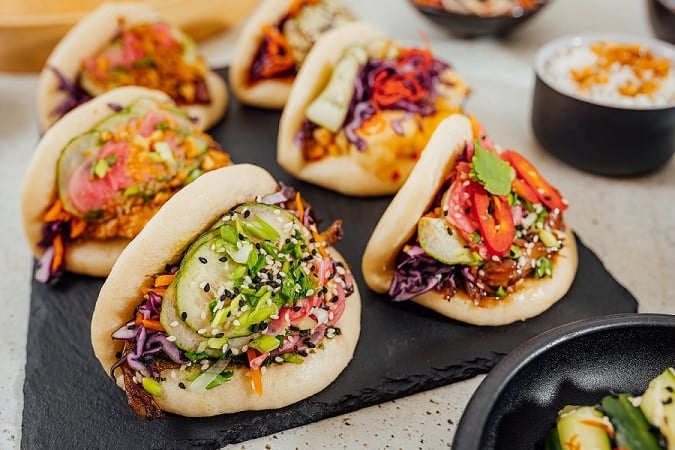
 De-alcoholised wines? A load of rubbish. If young people drink less, it's the industry's fault. Interview with Josko Gravner
De-alcoholised wines? A load of rubbish. If young people drink less, it's the industry's fault. Interview with Josko Gravner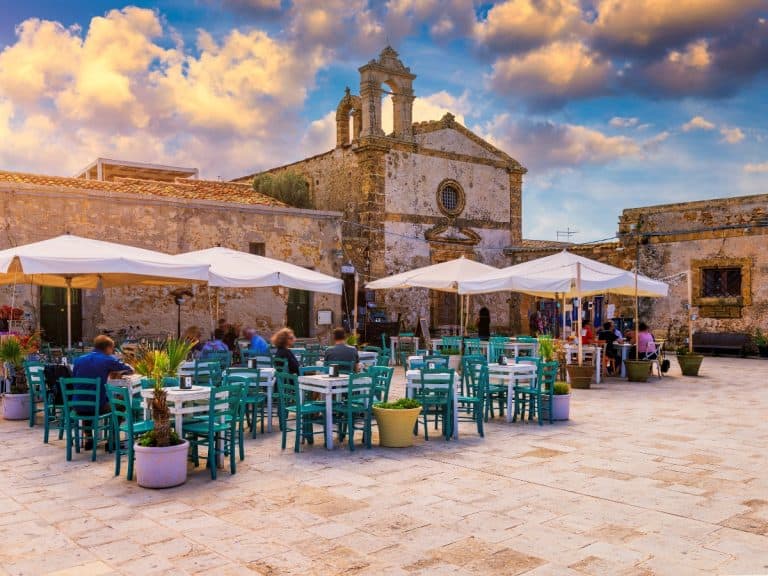 Where to eat in Marzamemi: the 5 best spots chosen by Gambero Rosso
Where to eat in Marzamemi: the 5 best spots chosen by Gambero Rosso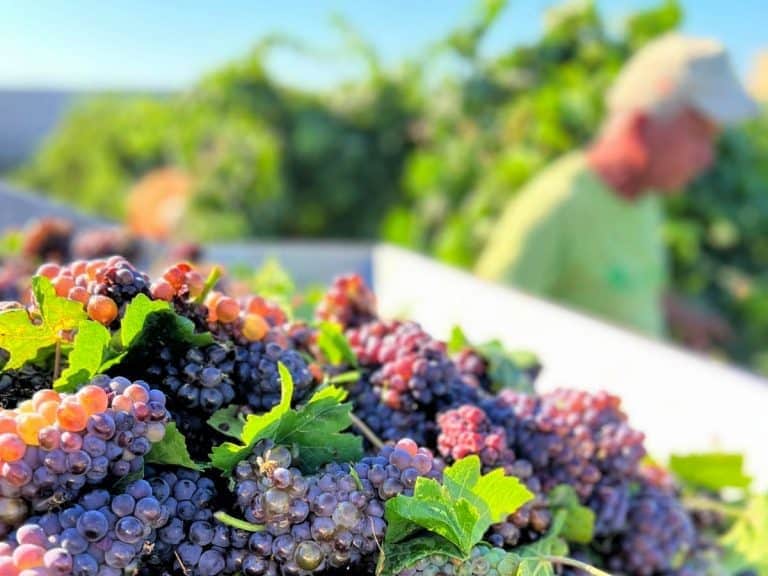 Record harvest: grape picking begins early in Sicily. Here's how winemakers are protecting the wine from the heat
Record harvest: grape picking begins early in Sicily. Here's how winemakers are protecting the wine from the heat In Novi Ligure, there's a hotel restaurant worth stopping by for the "pollo al guéridon" (tableside chicken) and the "zuppa inglese" (trifle)
In Novi Ligure, there's a hotel restaurant worth stopping by for the "pollo al guéridon" (tableside chicken) and the "zuppa inglese" (trifle) "Already at 7 years old, I worked in the family olive mill." The story of Paolo Cassini, who produces one of the best oils in Italy
"Already at 7 years old, I worked in the family olive mill." The story of Paolo Cassini, who produces one of the best oils in Italy


